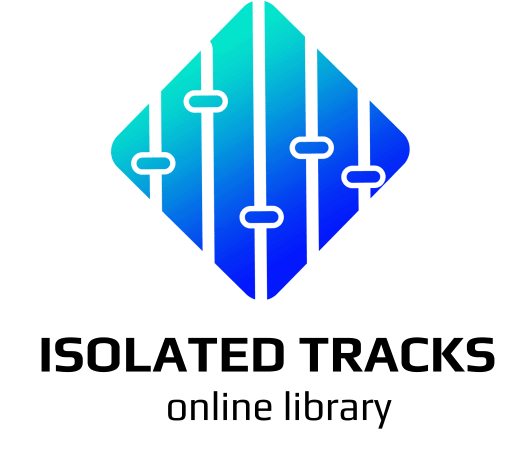Customize Anything!

Make your own mix! Stems are like building blocks—or clay—you can shape them into anything you want. The only limit is your imagination. Tweak the sound however you need: for the project, for your style, or just to follow your creativity. Customize ANYTHING! Here’s what you can do:
- Adjust the volume of each instrument on its own
- Shape the sound with any type of EQ
- Pan instruments, use compression and dynamics, or add FX plug-ins to the chain
- Control parameters with automation or in real time
- Change arrangements, re-record, or play any instrument live
- Create backing tracks for your instrument or playbacks for your cover band
- Solo parts to dive deeper into how the music is made
- Add intros, drop in solos or sections, and re-edit songs with clean cuts and crossfades
- Build custom routing and monitoring for one or multiple devices; send a click track straight to the drummer’s headphones
- Use pitch-shifting musically while skipping non-melodic parts (like drums and percussion)
- Stretch tempo with fewer artifacts, thanks to per-channel processing
Get studio-quality sound with every track—delivered in universal WAV/AIFF 48 kHz/24-bit. Our library features today’s most popular songs, giving you pro results on any device, plus customer support that’s always ready to help.







